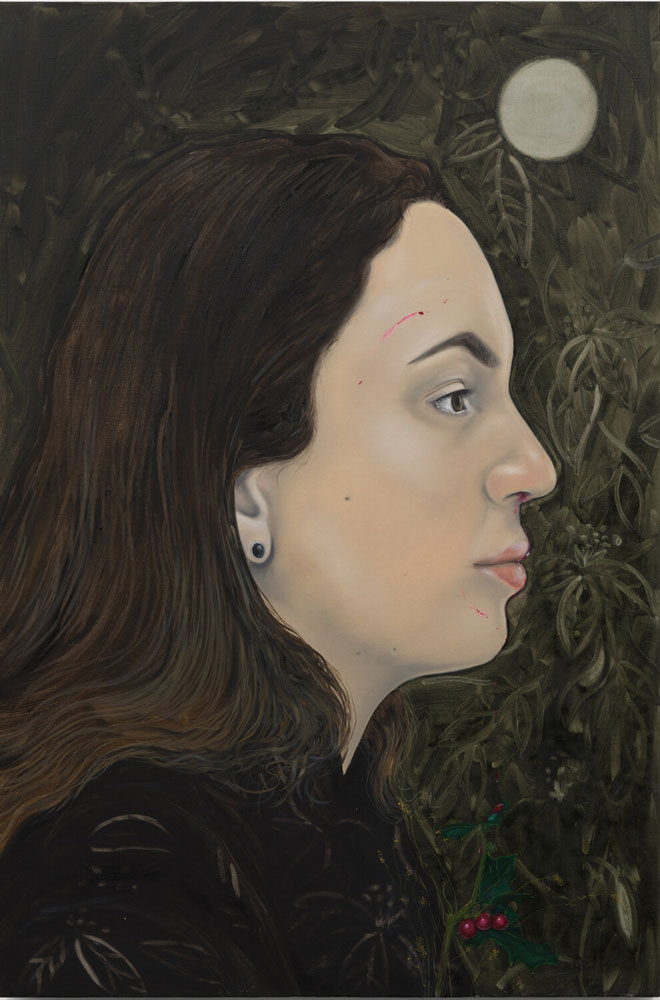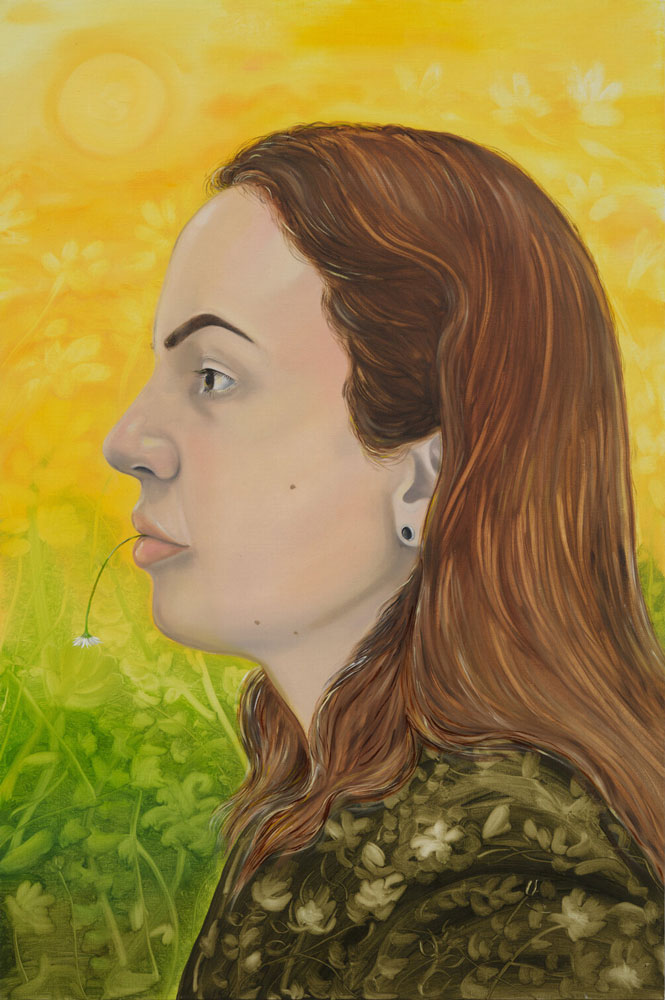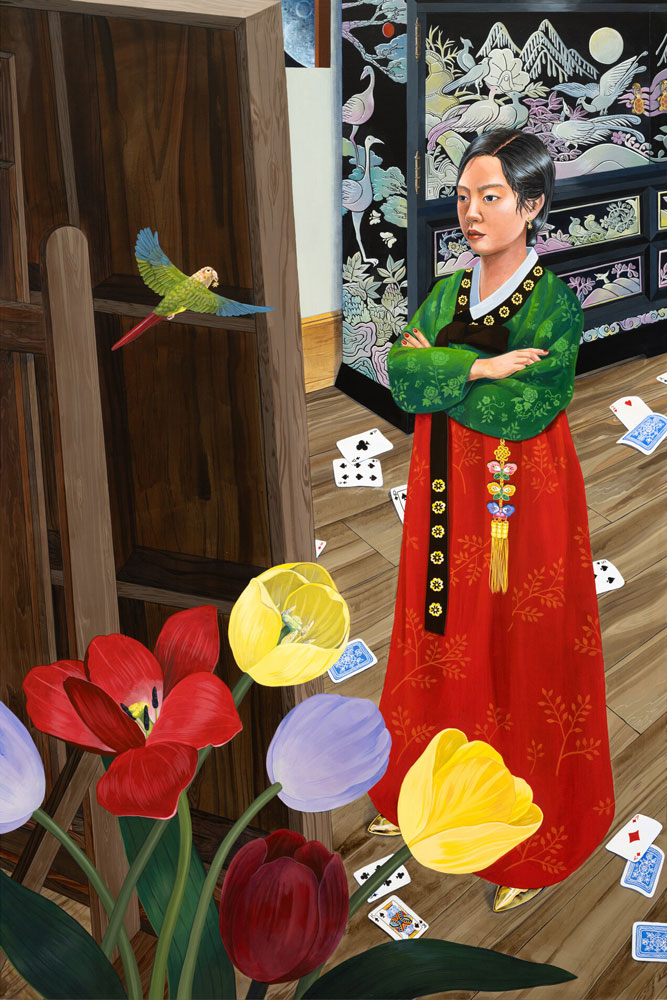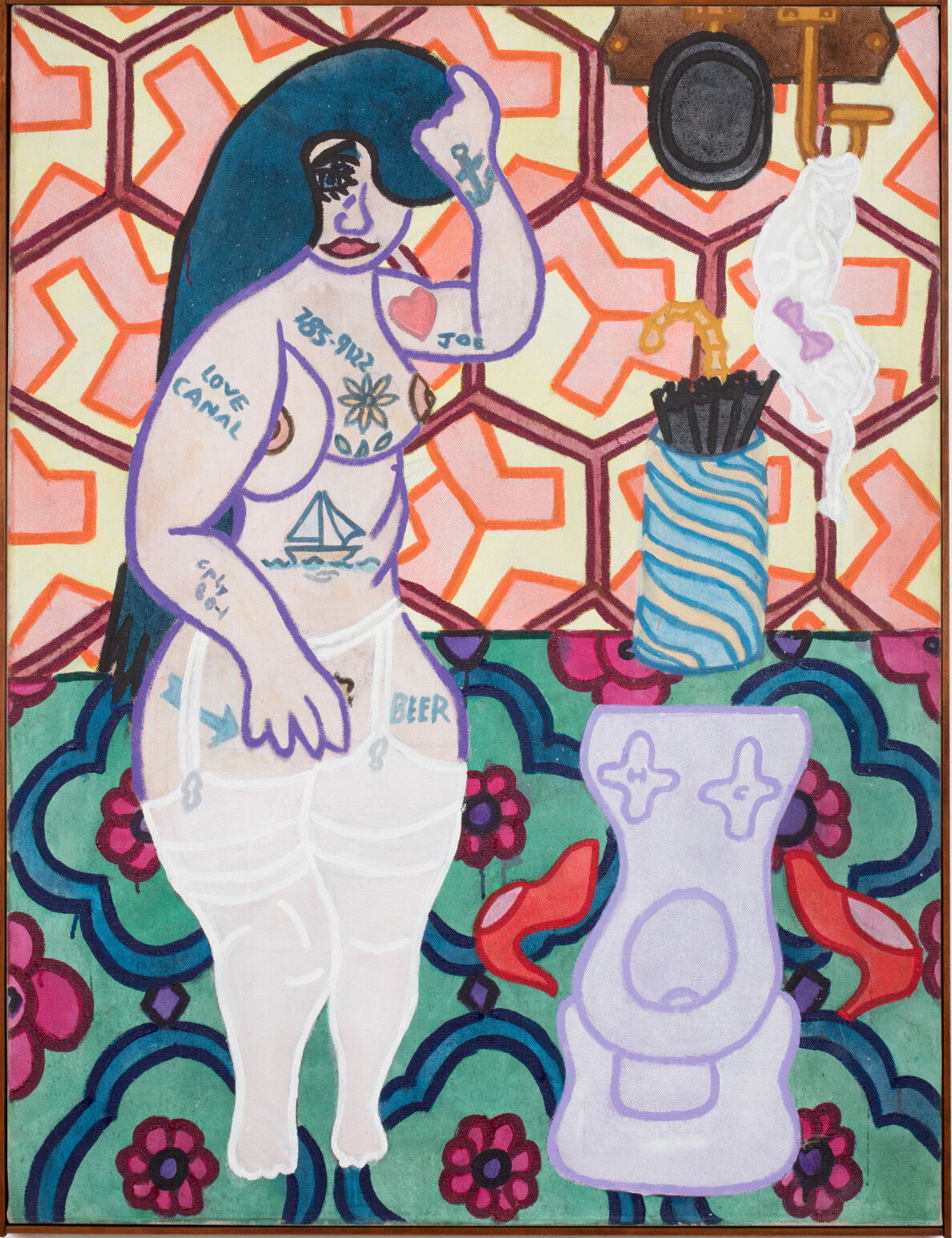PRESENTATION: Pictures Girls Make, Part II
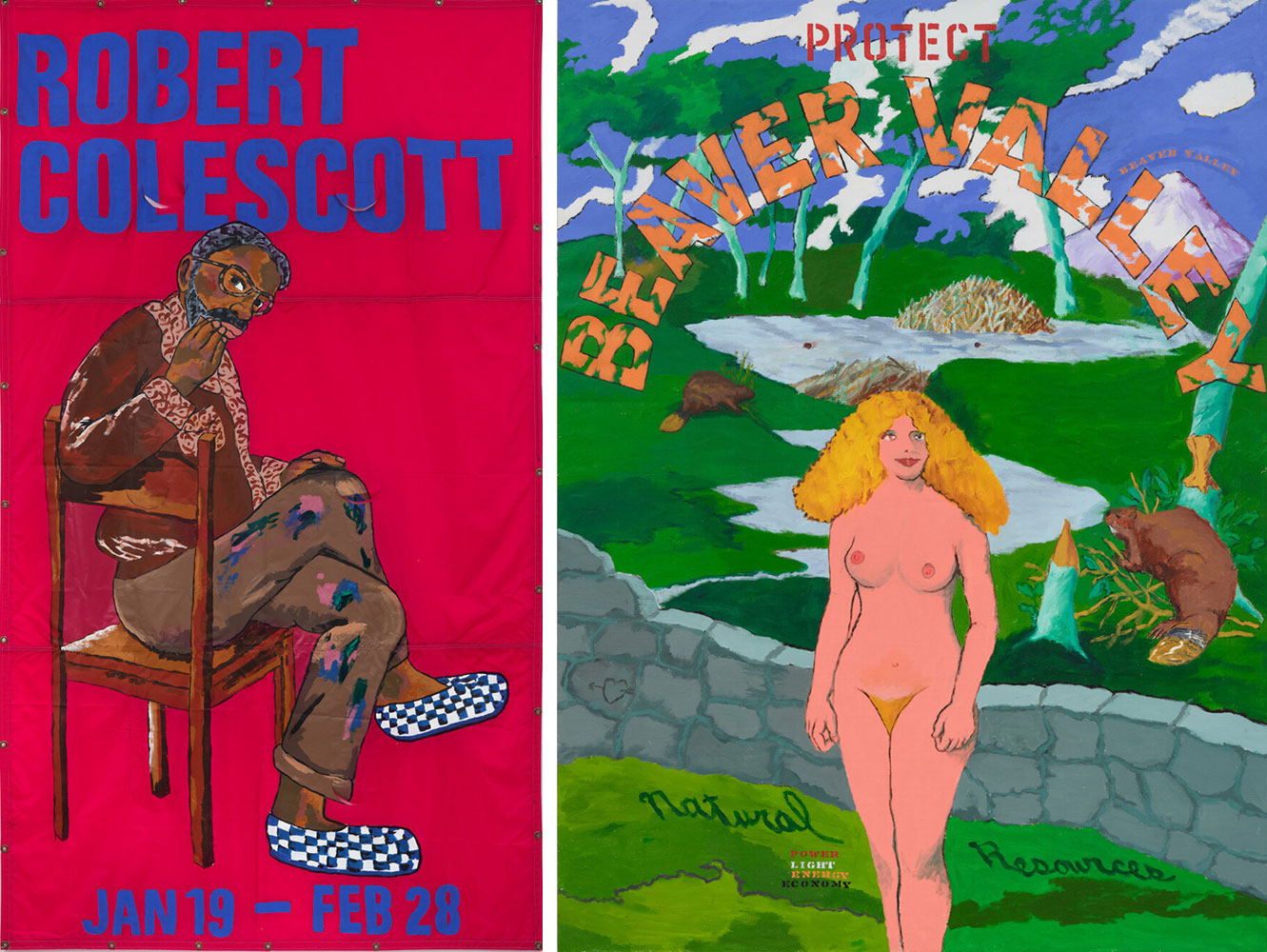 Bringing together over fifty artists from around the world, spanning the early nineteenth century until today the exhibition “Pictures Girls Make” is a prodigious survey argues that this age-old mode of representation is an enduringly democratic, humanistic genre. “Pictures girls make” is a quip attributed to Willem de Kooning who purportedly dismissed the inferior status of his wife Elaine’s portrait practice. Inverting the original dismissal into an affirmation, the exhibition is a rallying cry for this exhibition which examines how different forms of portraitures defy old aesthetic, social, and ideological norms (Part I).
Bringing together over fifty artists from around the world, spanning the early nineteenth century until today the exhibition “Pictures Girls Make” is a prodigious survey argues that this age-old mode of representation is an enduringly democratic, humanistic genre. “Pictures girls make” is a quip attributed to Willem de Kooning who purportedly dismissed the inferior status of his wife Elaine’s portrait practice. Inverting the original dismissal into an affirmation, the exhibition is a rallying cry for this exhibition which examines how different forms of portraitures defy old aesthetic, social, and ideological norms (Part I).
By Dimitris Lempesis
Photo: Blum & Poe Gallery Archive
Both historically and contemporarily speaking, the portrait has always been far more than a rendering of a specific person’s likeness. Portraiture engages with ideas of identity, subjectivity, and agency. Moving beyond binary thinking, the exhibition strives to emphasize the diversity of subjects, complexities of biography, and array of individual characters that artists have been able to capture through various modes of portrait making. Elaine de Kooning was no stranger to this type of gender/genre policing. Her distinctive portraiture practice was a direct response to the gatekeeping at work in her own artistic partnership. While she was a rare postwar artist that would confidently oscillate between figuration and abstraction, Elaine de Kooning embraced portraiture—“pictures that girls made”—as her chosen genre. Against the backdrop of Abstract Expressionism’s macho bravura, Elaine de Kooning was compelled to stake out autonomous ground. Her distinctively brushy, expressive portraits were a powerful riposte to her husband’s gendered gatekeeping. Specially created for “Pictures Girls Make,” Chris Oh’s painting on antique glass, entitled “Spectacle” (2023), reprises Sofonisba Anguissola’s iconic self-portrait (1556) at her easel with brush and maulstick in hand. Acknowledging this new art historical canon, Oh’s work poignantly pays homage to the pioneering role women artists have historically played in this specific and powerful form of self-representation—a trope that is extensively explored in a range of studio self-portraits. These include an important self-portrait by Mela Muter—the first professional Polish-Jewish artist—who depicted herself in her Montparnasse studio (1915); June Leaf’s studio scene “Broome Street (Sheila in the Studio)” (1969-70); and Somaya Critchlow’s fictionalized, nude self-portrait ”X Studies the work of Pythagoras” (2022). Ranging in style from Surrealism and magical realism to more quirky, cartoony styles, a number of powerful artist self-portraits constitute an important trope in the exhibition with works by Gertrude Abercrombie, March Avery, Joan Brown, Robert Colescott, Juanita Guccione, Sally J. Han, Agata Słowak, and Katja Seib, among others. Catalyzed in large measure by the urgency of the Black Lives Matter movement, the art market, alongside museums, have rapidly embraced Black artists over the past few years—particularly emphasizing Black figurative painters. Whether spurred by political awakening or cynical opportunism, the race to foreground “new” artists of color has been driven mostly by a narrow focus on Black subject matter, while egregiously ignoring the complex histories of artists of color. This amnesic approach to contemporary Black artists has mostly overlooked the crucial handful of artists of African ancestry working in Africa, Europe, and America who were known before the twentieth century—the seventeenth-century painter Juan de Pareja, the Neoclassicist Guillaume Guillon-Lethière, Henry Ossawa Tanner, and sculptor Edmonia Lewis are notable exceptions. Neel immortalized her Leftist comrades, working-class families, her neighbors in Spanish Harlem, heavily pregnant women, and queer artist friends. In the same spirit, many twentieth-century artists such as Benny Andrews, Maria Anto, Jerome Caja, Leonor Fini, Yannis Tsarouchis, and Léonard Tsuguharu Foujita painted individual subjects, groups or communities, allegorical or archetypal figures, or even themselves. Most of their sitters were not traditionally represented in mainstream art history. Looking backwards and forwards, “Pictures Girls Make” recontextualizex a number of pioneering portraitists who escaped the narrow first draft of the past century as well as also surveying a wide range of contemporary painters. Far from “just girls,” an unprecedented diversity of contemporary artists who engage with portraiture have pushed the genre to capture the actual conditions, social structures, and day-to-day experiences that make up contemporary life while innovating a range of formal painterly languages.
Works by: Gertrude Abercrombie, Benny Andrews, Maria Anto, March Avery, Ernie Barnes,Joan Brown, Jerome Caja, Jonathan Lyndon Chase, Xinyi Cheng, Zoya Cherkassky, Robert Colescott, William N. Copley, Somaya Critchlow, Elaine de Kooning, Beauford Delaney, Martha Edelheit, Patrick Eugène, Hadi Falapishi, Cielo Félix-Hernández, Leonor Fini, Léonard Tsuguharu Foujita, Jane Freilicher, Mimi Gross, Mark Grotjahn, Juanita Guccione, Sally J. Han, Clarity Haynes, Andrew LaMar Hopkins, Karolina Jabłońska, Joshua Johnson, June Leaf, Rosalind Letcher, Rudolf Maeglin, Danielle Mckinney, Sam McKinniss, Jill Mulleady, Mela Muter, Simphiwe Ndzube, Alice Neel, Gladys Nilsson, Yu Nishimura, Chidinma Nnoli, Asuka Anastacia Ogawa, Chris Oh, Fairfield Porter, Umar Rashid, Winfred Rembert, Larry Rivers, Katja Seib, Collin Sekajugo, Sylvia Sleigh, Agata Słowak, Devin Troy Strother, Yannis Tsarouchis, Unknown Artist of the Louisiana School, Aleksandra Waliszewska, Ambera Wellmann, Robin F. Williams, Elisabetta Zangrandi
Photo left: Robert Colescott, Untitled, c. 1988, Acrylic and grommets on nylon ripstop, 127 1/4 x 72 inches, Photo: Hannah Mjølsnes, © The Robert H. Colescott Separate Property Trust / Artists Rights Society (ARS), New York, Courtesy: The Robert H. Colescott Separate Property Trust and Blum & Poe Gallery. Photo right: Robert Colescott, PROTECT BEAVER VALLEY, c. 1972, Acrylic on canvas, 78 x 59 x 1 1/2 inches, Photo: Hannah Mjølsnes, © The Robert H. Colescott Separate Property Trust / Artists Rights Society (ARS), New York, Courtesy: The Robert H. Colescott Separate Property Trust and Blum & Poe Gallery
Info: Curator: Alison M. Gingeras, Blum & Poe Gallery, 2727 South La Cienega Boulevard, Los Angeles, CA, USA, Duration: 9/9-21/10/2023, Days & Hours: Tue-Sat 10:00-18:00, www.blumandpoe.com/
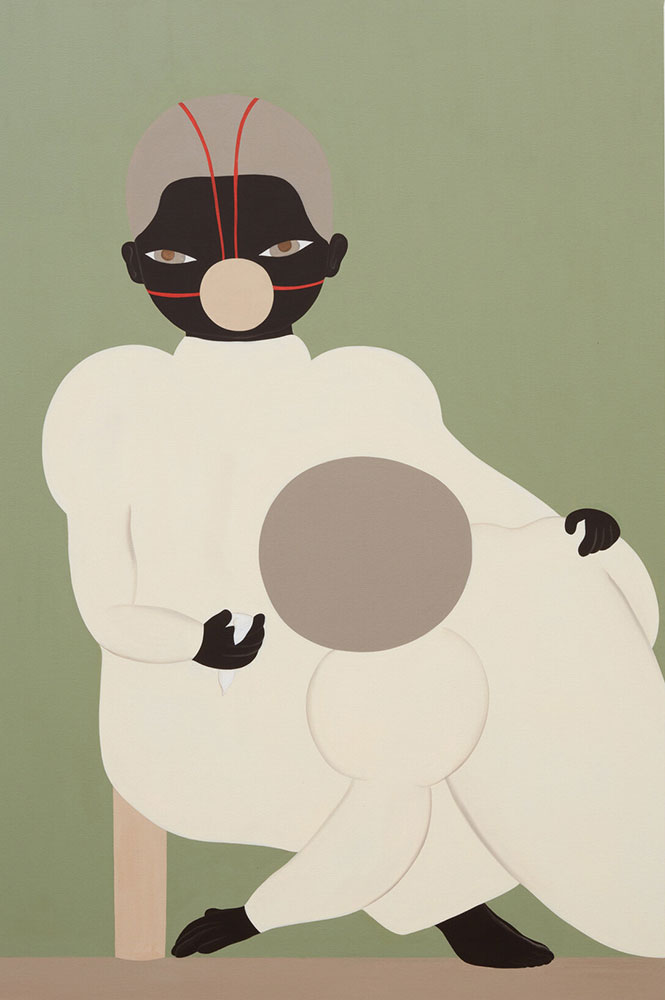

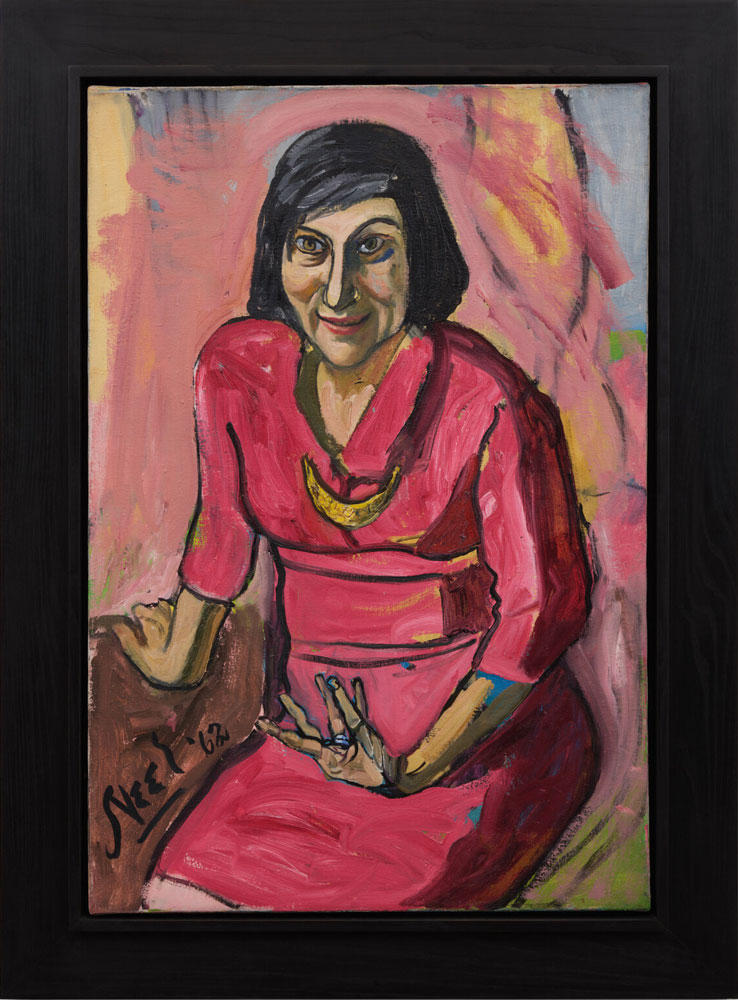
Alice Neel, Lida Moser, 1962, Oil on canvas, 41 1/2 x 30 1/2 x 1 1/2 inches framed, Photo: Hannah Mjølsnes, © Alice Neel, Courtesy the artist and Blum & Poe Gallery
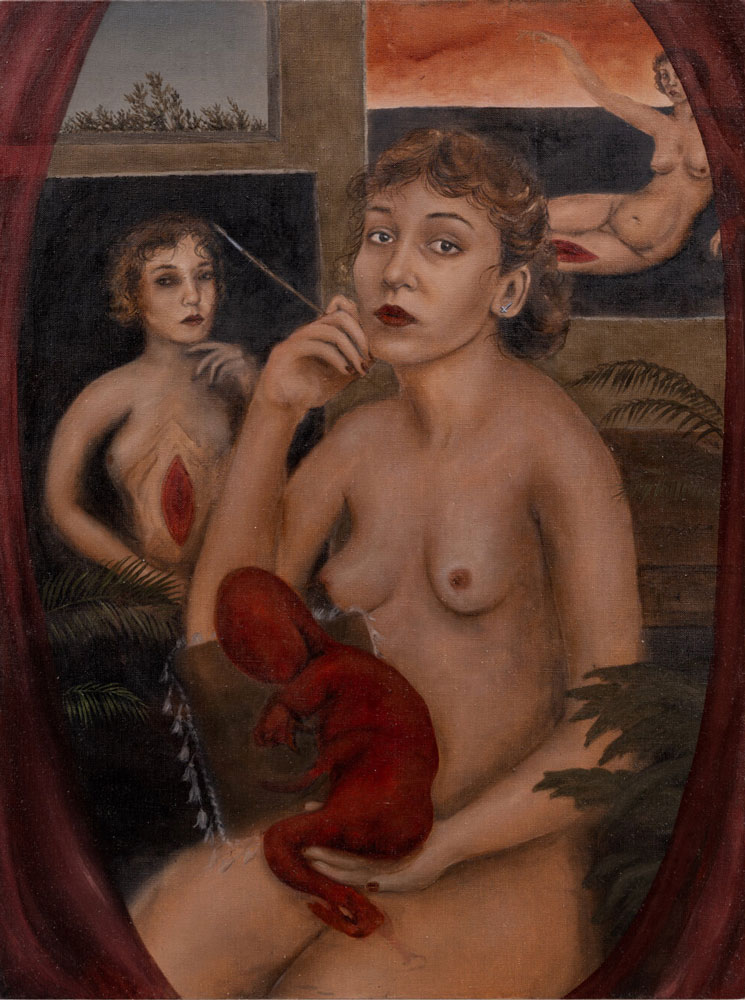
Agata Słowak, Uterus, 2023, Oil on canvas, 31 1/2 x 23 5/8 x 1 inches, Photo: Hannah Mjølsnes, © Agata Słowak, Courtesy the artist and Blum & Poe Gallery
![Aleksandra Waliszewska, untitled [blondie], 2020, Oil on canvas, 15 3/4 x 11 7/8 x 1 inches, Photo: Hannah Mjølsne, © Aleksandra Waliszewska, Courtesy the artist and Blum & Poe Gallery](http://www.dreamideamachine.com/web/wp-content/uploads/2023/09/AWA1_1-1400-xxx_q85.jpg)
![Aleksandra Waliszewska, untitled [face], 2022–23, Oil on canvas, 79 3/8 x 28 3/4 x 7/8 inches, Photo: Hannah Mjølsne, © Aleksandra Waliszewska, Courtesy the artist and Blum & Poe Gallery](http://www.dreamideamachine.com/web/wp-content/uploads/2023/09/AWA2_1-1400-xxx_q85.jpg)

